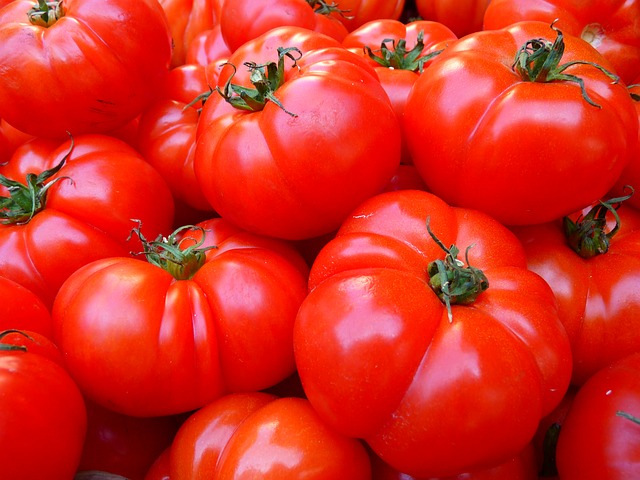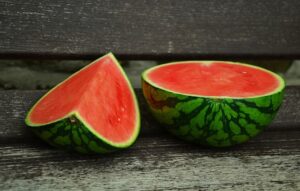Introduction
Proteins are essential macromolecules that play a vital role in various biological processes. They are involved in the structure, function, and regulation of cells and tissues. But what exactly is the monomer of a protein? In this article, we will dive deeper into this topic and explore the fundamental unit that makes up proteins.
What are Proteins?
Proteins are large, complex molecules composed of smaller subunits called amino acids. These amino acids are linked together through covalent bonds to form long chains known as polypeptides. The polypeptides then fold into specific three-dimensional structures, which determine their function.
Amino Acids: The Building Blocks of Proteins
Amino acids are organic compounds that contain an amino group (-NH2), a carboxyl group (-COOH), and a side chain (R group) attached to a central carbon atom. There are 20 different amino acids commonly found in proteins, each with a unique side chain. This diversity in side chains gives rise to the wide range of functions and structures exhibited by proteins.
Peptide Bonds: Linking Amino Acids
The monomers of proteins, amino acids, are joined together through a type of covalent bond known as a peptide bond. During a process called condensation or dehydration synthesis, the carboxyl group of one amino acid reacts with the amino group of another amino acid, resulting in the formation of a peptide bond and the release of a water molecule. This process is repeated as more amino acids are added to the growing chain, forming a polypeptide.
Primary Structure: The Linear Sequence of Amino Acids
The primary structure of a protein refers to the linear sequence of amino acids in the polypeptide chain. This sequence is determined by the genetic code encoded in the DNA of an organism. The specific arrangement of amino acids in the primary structure is crucial, as it ultimately determines the protein’s overall structure and function.
Secondary Structure: Folding and Interactions
As the polypeptide chain grows, it begins to fold and form specific patterns known as secondary structures. The two most common secondary structures are alpha helices and beta sheets. These structures are stabilized by hydrogen bonds between the amino acid residues in the polypeptide chain.
Tertiary Structure: Three-Dimensional Folding
The tertiary structure of a protein refers to the overall three-dimensional arrangement of the polypeptide chain. It is primarily determined by the interactions between the amino acid side chains, such as hydrogen bonds, disulfide bonds, ionic bonds, and hydrophobic interactions. The tertiary structure is critical for the protein’s function, as it determines its active site and binding capabilities.
Quaternary Structure: Multiple Polypeptide Chains
Some proteins consist of multiple polypeptide chains, each with its own tertiary structure. The quaternary structure refers to the arrangement of these individual chains and the interactions between them. These interactions can be noncovalent, such as hydrogen bonds and hydrophobic interactions, or covalent, such as disulfide bonds.
Conclusion
In conclusion, the monomer of a protein is the amino acid. Amino acids are linked together through peptide bonds to form polypeptides, which then fold into specific three-dimensional structures. The primary structure determines the linear sequence of amino acids, while the secondary, tertiary, and quaternary structures determine the overall folding and arrangement of the protein. Understanding the monomer of a protein is crucial for comprehending its structure and function.
References
– Alberts, B., Johnson, A., Lewis, J., Raff, M., Roberts, K., & Walter, P. (2002). Molecular Biology of the Cell. Garland Science.
– Berg, J. M., Tymoczko, J. L., & Gatto, G. J. (2015). Stryer’s Biochemistry. W.H. Freeman and Company.
– Nelson, D. L., Cox, M. M. (2008). Lehninger Principles of Biochemistry. W.H. Freeman and Company.













